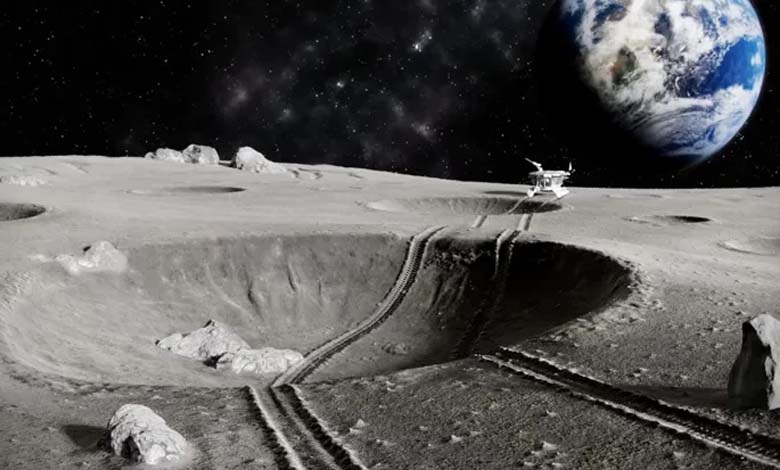Japan becomes fifth country to successfully land on the Moon

Japan has become the fifth country to successfully land on the Moon, but its space unit is facing the risk of running out of energy soon due to an issue with its solar panels.
After an impressive descent lasting 20 minutes, the Japan Aerospace Exploration Agency (JAXA) announced that the “Smart Lander for Investigating Moon (SLIM)” unit landed at 00:20 on Saturday, and communication with it has been established.
However, due to the malfunction of the solar panels, the probe nicknamed “Moon Sniper” may only have electricity for “hours,” warned Hitsuji Konaka, an official at JAXA.
Konaka mentioned that the panels might resume functioning when the angle of the sun changes. The team is working to maximize the scientific results of the mission by transmitting the data obtained to Earth.
He stated at a press conference, “It is unlikely that the solar panels have malfunctioned. It is possible that they are not oriented in the expected direction originally.”
He pointed out that “if the landing had not been successful, the probe would have crashed very quickly. If that had happened, it would have lost all its functions,” but “data is being sent to Earth.”
“SLIM” is one of many recent missions to the Moon launched by countries and private companies. So far, only the United States, the Soviet Union, China, and India have successfully landed on the Moon.
Japanese Prime Minister Fumio Kishida described the Moon landing as “extremely good news” but acknowledged the need for “detailed analyses” of the solar panels’ condition.
NASA Administrator Bill Nelson congratulated Japan, making it the fifth country in history to successfully land on the Moon.
“Great Success” JAXA hopes to analyze the data obtained during the Moon landing to determine whether the vehicle achieved its goal of landing within 100 meters of its target.
The “SLIM” vehicle landed in a small crater less than 300 meters in diameter called Shewly, where analyses on the lunar surface were planned.
The Japanese space agency stated that the two small rovers carried by the “SLIM” probe, including a spherical rover called “Sora-Kyu,” were launched successfully. “Sora-Kyu,” barely larger than a tennis ball, can adjust its shape to move on lunar soil, developed in partnership with the Japanese toy giant Takara Tomy.
Astronomer at the Harvard-Smithsonian Center for Astrophysics, Jonathan McDowell, noted that despite the need to verify the precision of the Moon landing, “I think the mission has achieved great success.”
He explained to AFP that several issues could be behind the solar panel problem, stating, “There might be a loose cable, or a cable connected in the wrong way, or the landing vehicle might be in an inverted position and unable to see the sun for some reason.”
Technological Challenge Over 50 years after humanity’s first steps on the Moon, achieved by Americans in 1969, countries are renewing their race to it.
In addition to the United States and China, Russia also dreams of restoring the glory of the Soviet Union in space, especially by collaborating with China and India, both of which successfully landed on the Moon last summer.
The first two Japanese attempts in this field were unsuccessful. In 2022, they sought to land the “Omotenashi” spacecraft on NASA’s “Artemis 1” mission, but communication with the spacecraft was lost due to a battery malfunction after being launched into space.
In April 2023, the spacecraft of the emerging Japanese company “ispace” crashed on the lunar surface after failing in the smooth landing phase.
Accessing the Moon remains a significant technological challenge even for major space powers. On Thursday, the lunar landing vehicle of a U.S. company, which failed in its mission due to a fuel leak, was likely to disintegrate upon entering Earth’s atmosphere, as announced by the startup company “Astrobotic.”
Afterwards, NASA announced hours later that it had delayed by about a year the next two missions from its major program to return to the Moon, “Artemis.”
The “Artemis 2” mission, carrying four astronauts orbiting the Moon without landing on its surface, was postponed from the end of 2024 to September 2025.
As for “Artemis 3,” which is supposed to be the first mission to land astronauts on the Moon‘s surface since the end of the “Apollo” program in 1972, it was postponed from the end of 2025 to September 2026.












